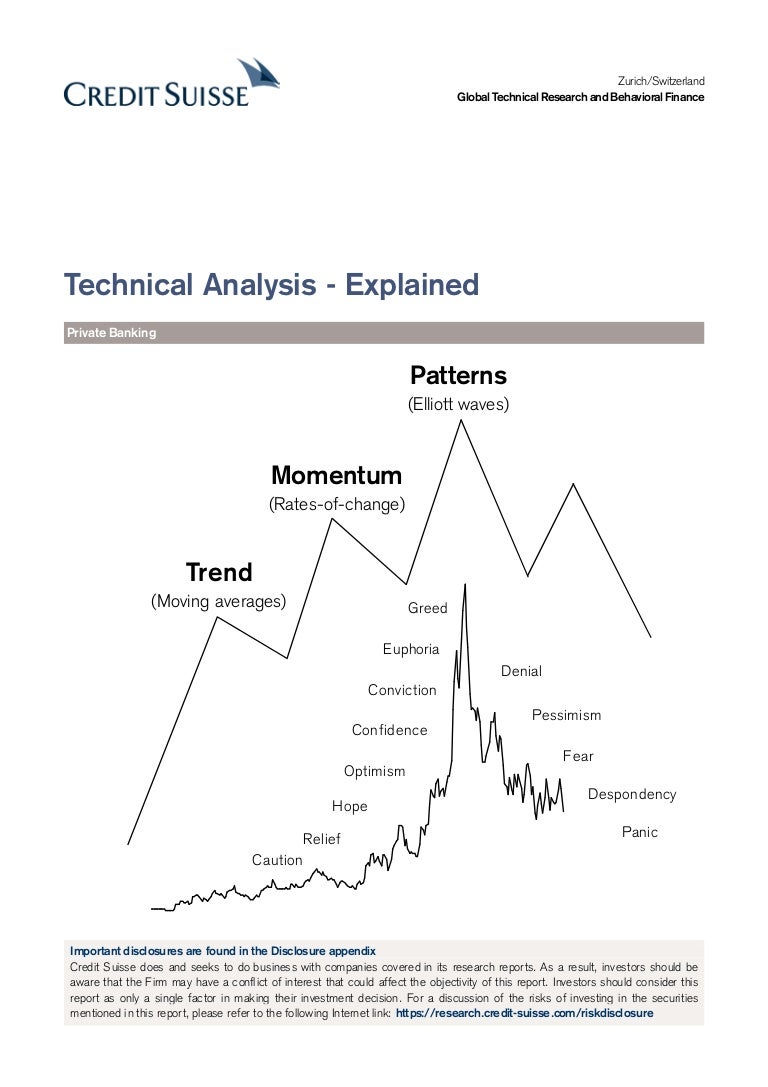

The assessment, published in the journal Nature Reviews Earth & Environment, is based on evidence of widespread changes in soil moisture relative to mid-Holocene and pre-industrial conditions and green-water driven destabilization of ecological, atmospheric, and biogeochemical processes. This conclusion is due to the inclusion of “green water” – the water available to plants - into the boundary assessment for the first time. In April 2022, a reassessment of the planetary boundary for freshwater indicated that it has now been transgressed. In January 2022, 14 scientists concluded in the scientific journal Environmental Science and Technology that humanity has exceeded a planetary boundary related to environmental pollutants and other “novel entities” including plastics. Read "Earth beyond six of nine Planetary Boundaries" here » The team behind this paper used a new approach to assess Biosphere integrity and concluded that this boundary was transgressed during the late 19th century. New scientific evidence now enabled the team to quantify the boundary of Atmospheric Aerosol Loading, which according to the study is not transgressed yet despite rising pressures.

Six boundaries are now transgressed and pressure is increasing on all boundary processes except ozone depletion.
Technical and graphical analysis book download update#
Since its first conceptualization, the planetary boundaries framework has generated enormous interest within science, policy, and practice.Īll boundaries are finally assessed in the third major update to the framework which is published in Science Advances. Instead, understanding the interplay of boundaries, especially climate, and loss of biodiversity, is key in science and practice. This means that a global focus on climate change alone is not sufficient for increased sustainability. Drastic changes will not necessarily happen overnight, but together the boundaries mark a critical threshold for increasing risks to people and the ecosystems we are part of.īoundaries are interrelated processes within the complex biophysical Earth system. Now the latest update not only quantified all boundaries, it also concludes that six of the nine boundaries have been transgressed.Ĭrossing boundaries increases the risk of generating large-scale abrupt or irreversible environmental changes. Since then, their framework has been revised several times. These nine planetary boundaries were first proposed by former centre director Johan Rockström and a group of 28 internationally renowned scientists in 2009. In September 2023, a team of scientists quantified, for the first time, all nine processes that regulate the stability and resilience of the Earth system.


 0 kommentar(er)
0 kommentar(er)
